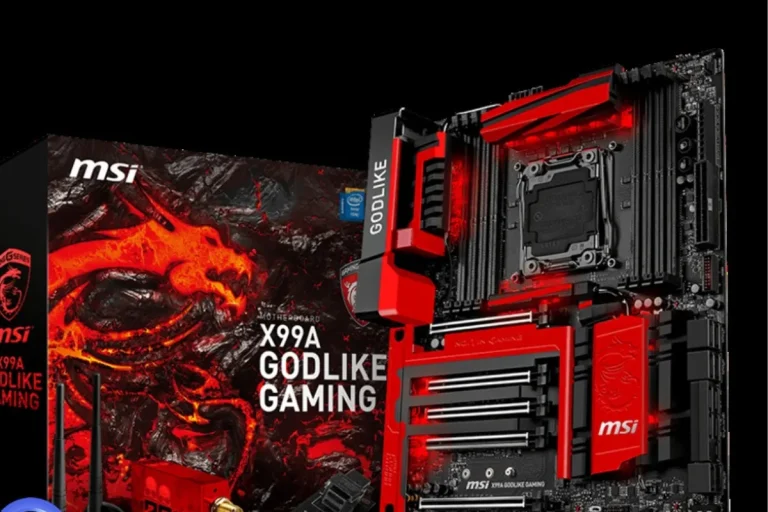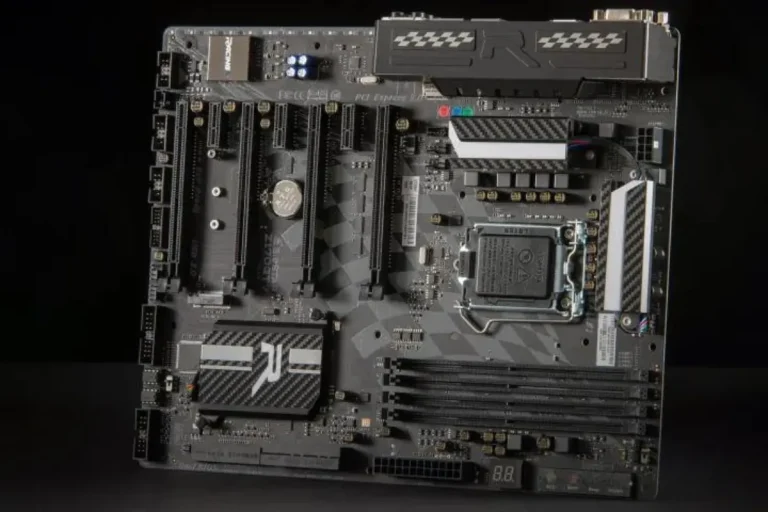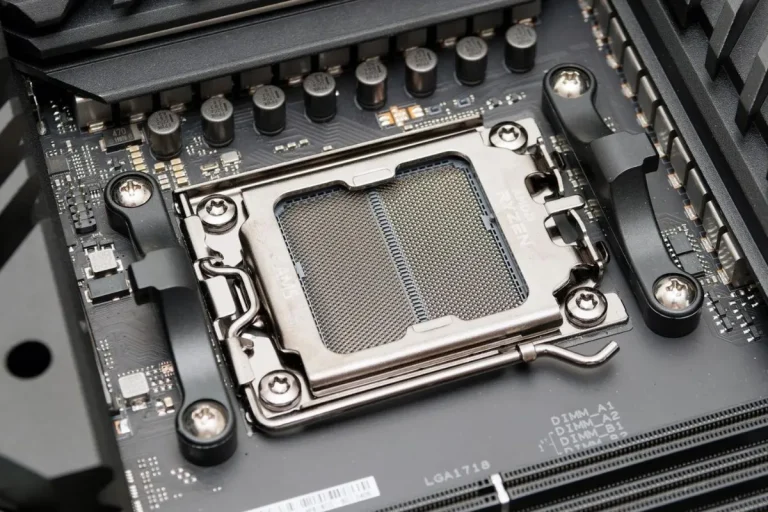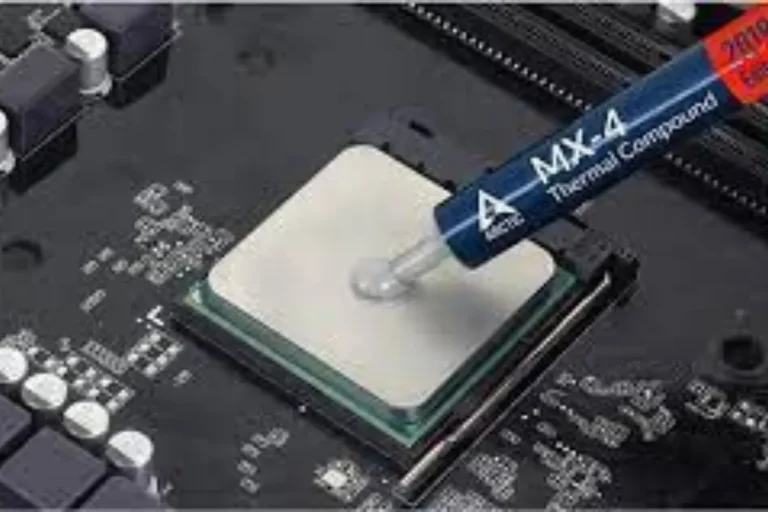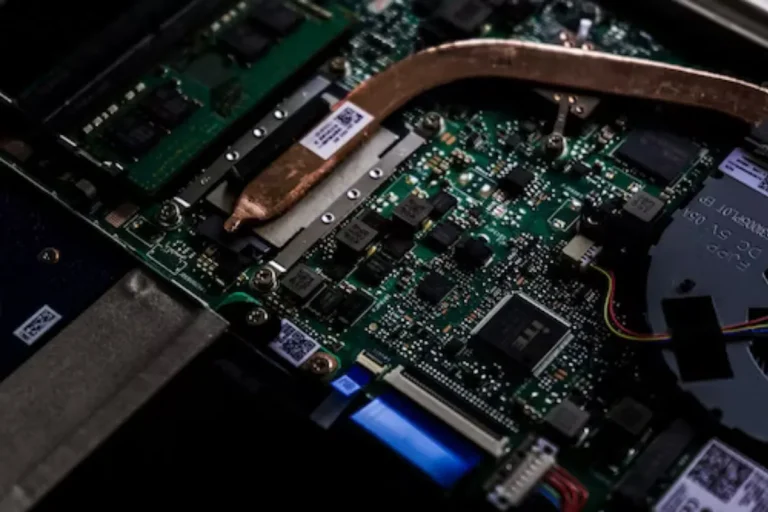Are there any motherboards with multiple CPU sockets?
Are you wondering if there are motherboards out there with multiple CPU sockets? Well, you’re in the right place! In this article, we’ll dive into the fascinating world of motherboards and explore the possibility of having not just one, but multiple CPU sockets on a single board.
Multiple CPU Socket Motherboards
When it comes to motherboards, you may have heard about those with multiple CPU sockets. But what exactly are they? Let’s dive in and explore the world of motherboards that can accommodate more than one CPU socket.
Benefits and Use Cases
Motherboards with multiple CPU sockets offer several advantages. Firstly, they allow for increased processing power and multitasking capabilities. This means that tasks can be divided among multiple CPUs, leading to improved efficiency and faster performance.
These motherboards are particularly beneficial in resource-intensive applications such as video editing, 3D rendering, and scientific simulations. Additionally, they are commonly used in server farms and data centers where the demand for high-performance computing is paramount.
Types of Multiple CPU Socket Configurations
Multiple CPU socket motherboards come in various configurations, including dual, quad, octa, and even higher. Dual CPU socket motherboards, as the name suggests, can accommodate two CPUs, while quad supports four, and octal supports eight.
The choice of configuration depends on the specific requirements of the user or the application. It’s important to note that as the number of CPU sockets increases, the overall cost of the motherboard and associated components also tends to rise.
Scalability, Performance, and Power Considerations
One of the key advantages of multiple CPU socket motherboards is scalability. They provide the flexibility to start with a lower number of CPUs and gradually upgrade as needed. This scalability ensures that the system can adapt to changing requirements without the need for a complete overhaul.
However, it’s important to consider power consumption and cooling requirements when opting for multiple CPU sockets, as they can generate more heat and consume more power compared to single CPU socket setups. Adequate cooling solutions and a robust power supply are necessary to maintain optimal performance and prevent overheating.
Applications and Industrie
Multiple CPU socket motherboards are not only popular among computer enthusiasts but also find extensive use in various industries and applications. The key areas where these motherboards shine.
High-performance Computing (HPC) and Scientific
When it comes to high-performance computing and scientific research, multiple CPU socket motherboards are a game-changer. These motherboards provide the necessary horsepower to tackle complex calculations and simulations.
Industries such as aerospace, pharmaceuticals, and weather forecasting heavily rely on the computational power offered by multiple CPU socket setups. From modeling climate patterns to simulating molecular interactions, these motherboards enable scientists and researchers to push the boundaries of knowledge.
Server Farms and Data Centers
Server farms and data centers are the backbone of the digital age, handling vast amounts of data and serving millions of users simultaneously. Multiple CPU socket motherboards are the go-to choice for these facilities, as they offer the scalability and processing power needed to handle demanding workloads.
They allow for efficient virtualization, enabling multiple virtual machines to run concurrently on a single server. This ensures optimal resource utilization and improved overall performance.
Virtualization and Cloud Computing
Virtualization and cloud computing have revolutionized the IT landscape. Multiple CPU socket motherboards play a crucial role in these technologies by providing the necessary computing power to host and manage virtual machines.
With the ability to accommodate multiple CPUs, these motherboards allow for efficient workload distribution and seamless multitasking within virtualized environments. This results in improved performance and responsiveness, making them ideal for businesses and organizations embracing cloud-based infrastructure.
Notable Brands and Models

When it comes to multiple CPU socket motherboards, several reputable brands offer a range of models. A closer look at these brands and explore some of the noteworthy models they have to offer.
Review of Reputable Brands
In the world of multiple CPU socket motherboards, some brands have established themselves as leaders in the industry. ASUS, Gigabyte, and MSI are among the reputable brands that consistently deliver high-quality motherboards. These brands have built a solid reputation for their reliability, performance, and extensive compatibility.
Analysis of Specific Models and Features
Within each brand’s lineup, some specific models stand out for their unique features and capabilities. For example, ASUS offers the ASUS ROG Dominus Extreme, a high-end motherboard designed for extreme performance and overclocking.
Gigabyte’s AORUS Xtreme series is known for its excellent power delivery and advanced cooling solutions. MSI’s MEG series provides a balance between performance and affordability, making it a popular choice among enthusiasts.
Comparison of Price, Performance, and Compatibility
When choosing a multiple CPU socket motherboard, it’s essential to consider factors such as price, performance, and compatibility. While high-end models may offer top-notch performance, they often come with a hefty price tag.
It’s important to find a balance that suits your budget and requirements. Additionally, compatibility with your chosen CPUs, memory modules, and expansion cards is crucial to ensure a seamless and efficient system build.
Frequently Asked Questions
1. What is the future of multiple CPU socket motherboards?
Multiple CPU socket motherboards are expected to continue evolving to meet the growing demand for increased computing power. We can anticipate advancements in socket designs, improved compatibility with future CPUs, and enhanced scalability for handling complex workloads.
2. Are there any emerging technologies impacting CPU socket design?
Yes, emerging technologies like 3D stacking and heterogeneous computing are influencing CPU socket design. 3D stacking allows for stacking multiple CPU dies vertically, enhancing performance and reducing power consumption.
3. What can we expect in terms of market demand for multiple CPU socket motherboards?
The market demand for multiple CPU socket motherboards is expected to grow steadily. As industries and applications require higher computational power, these motherboards provide the necessary scalability and performance.
4. How does the adoption rate of multiple CPU socket motherboards look in the future?
The adoption rate of multiple CPU socket motherboards is likely to increase as more industries and businesses recognize the benefits they offer.
5. Can multiple CPU socket motherboards support different generations of CPUs?
Yes, multiple CPU socket motherboards are designed to support different generations of CPUs within a specific socket type.
Conclusion
Yes, there are motherboards with multiple CPU sockets, allowing you to harness the power of multiple processors on a single board. These high-performance motherboards are commonly used in industries and applications that require intensive computing power, such as scientific research, virtualization, and server environments.
